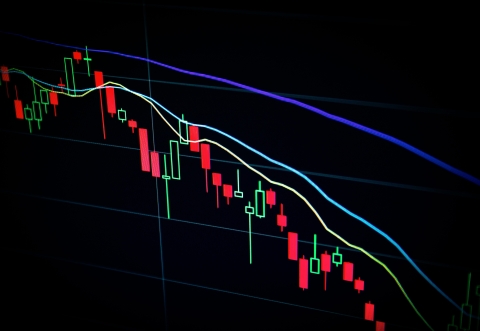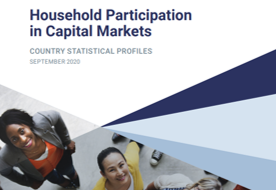EFAMA firstly wishes to commend the FSB’s change of focus in the course of 2015, from a proposed assessment methodology intended to identify non-bank, non-insurance globally systemically important financial institutions (NBNI G-SIFIs) to a revised and more objective focus on asset management activities. Although we understand the former framework may be revisited by the FSB once its Recommendations are finalised, we appreciate that certain key characteristics of the asset management industry have been recognised and well reflected in the present consultative document.
Management Companies
EFAMA has been looking at legislative proposals with a direct impact on asset management companies and services, and closely follows any regulatory developments of critical importance to the sector. In addition to issues related to risk management and financial stability, high up on the agenda of EFAMA members is the framework for a prudential regime for Investment Firms (IFD/R), and related implementing measures directly descending from such framework.
EFAMA is focused on minimising the impact of the rules on asset management companies, in particular those holding a limited MiFID license. Key to the sector is the need for proportionality, especially firms that are not authorised to hold client money/securities, or to deal on their own account.
EFAMA reply to FSB consultation on proposed policy recommendations to address structural vulnerabilities from asset management activities
EFAMA’s reply to ESMA’s Discussion paper on draft RTS and ITS under the Securities Financing Transaction Regulation
EFAMA is grateful for the opportunity to contribute to the drafting of the Regulation through a consultation and we appreciate the effort of the regulator to adopt an approach to reporting consistent with EMIR and to develop, where more efficient, a different reporting logic.
EFAMA response to Green Paper on Retail Financial Services
EFAMA welcomes the opportunity to respond to the European Commission’s Green Paper on retail financial services. Widening the opportunities for European citizens to save and invest will facilitate better outcomes both for savers and the wider European economy.
EFAMA fully shares the goals of a Single Market for retail financial services in the EU, i.e.:
1. Promoting an EU-wide market in retail financial services that can facilitate cross-border business and consumer choice.
Monthly Statistics September 2020 | Steady inflows into UCITS equity funds in September
The European Fund and Asset Management Association (EFAMA) has today published its latest monthly Investment Fund Industry Fact Sheet, which provides net sales data of UCITS and AIFs for September 2020*.
Bernard Delbecque, Senior Director for Economics and Research commented: Net inflows into UCITS equity funds remained steady in September despite concerns about rising Covid-19 infection rates and the potential impact of new lockdown measures.
The main developments in September 2020 can be summarised as follows:
Initial reactions on the new Capital Markets Union action plan - Keynote by Tanguy van de Werve
6th Cyprus International Funds Summit - 16 November 2020
Monthly Statistics August 2020 | UCITS and AIFs continue to record net inflows in August
The European Fund and Asset Management Association (EFAMA) has today published its latest monthly Investment Fund Industry Fact Sheet, which provides net sales data of UCITS and AIFs for August 2020*.
Bernard Delbecque, Senior Director for Economics and Research commented: "Thanks to positive news on the global economic recovery, long-term UCITS continued to record net inflows in August, albeit at a slower pace than during the previous four months."
Asset Management in Europe - An Overview of the Asset Management Industry - November 2020
The report aims to provide a unique and comprehensive set of facts and figures on the state of the industry at the end of 2018 but also to highlight the fundamental role of asset managers in the financial system and wider economy.
Demystifying ETPs: an EFAMA guide for the European investor
Through its ETF Task Force, EFAMA has produced an Investor Education Guide intended to draw out, in a simple form, the defining features for the three main types of ETPs (Exchange-traded products) listed across European markets. The association hopes this guide will primarily assist investors in having a clearer understanding of different ETPs and help investors appreciate the differences between them, especially from a risk and product complexity viewpoint.



































